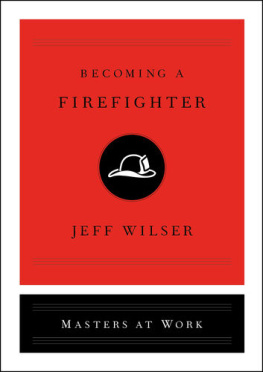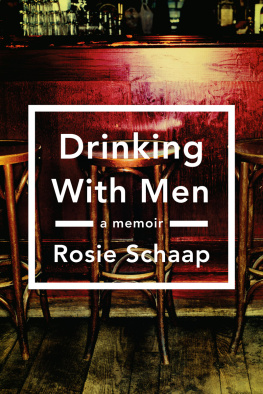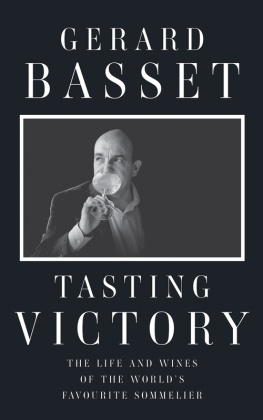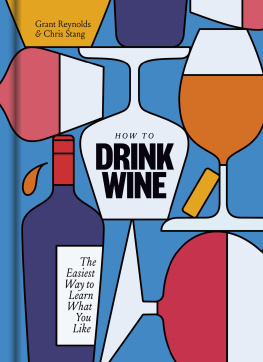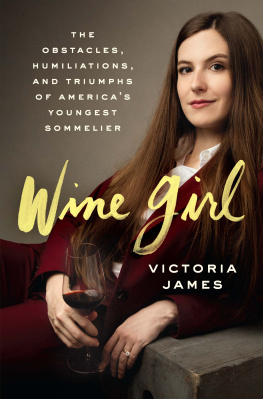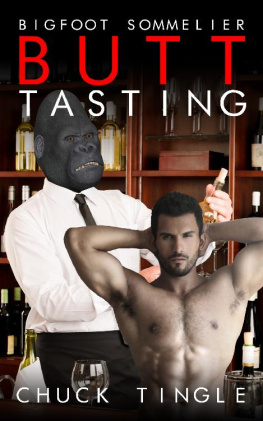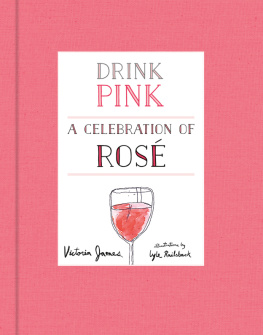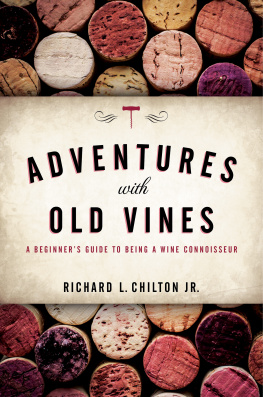B ECOMING A N EUROSURGEON
B ECOMING A V ETERINARIAN
B ECOMING A V ENTURE C APITALIST
B ECOMING A H AIRSTYLIST
B ECOMING A R EAL E STATE A GENT
B ECOMING A M ARINE B IOLOGIST
B ECOMING AN E THICAL H ACKER
B ECOMING A L IFE C OACH
ALSO AVAILABLE
B ECOMING A Y OGA I NSTRUCTOR
B ECOMING A R ESTAURATEUR
B ECOMING A P RIVATE I NVESTIGATOR
B ECOMING A B AKER
B ECOMING A C URATOR
B ECOMING AN A RCHITECT
B ECOMING A F ASHION D ESIGNER

Simon & Schuster
1230 Avenue of the Americas
New York, NY 10020
www.SimonandSchuster.com
Copyright 2019 by Simon & Schuster, Inc.
Interior illustrations 2019 by Donna Mehalko
All rights reserved, including the right to reproduce this book or portions thereof in any form whatsoever. For information, address Simon & Schuster Subsidiary Rights Department, 1230 Avenue of the Americas, New York, NY 10020.
First Simon & Schuster hardcover edition September 2019
SIMON & SCHUSTER and colophon are registered trademarks of Simon & Schuster, Inc.
For information about special discounts for bulk purchases, please contact Simon & Schuster Special Sales at 1-866-506-1949 or .
The Simon & Schuster Speakers Bureau can bring authors to your live event. For more information or to book an event, contact the Simon & Schuster Speakers Bureau at 1-866-248-3049 or visit our website at www.simonspeakers.com.
Jacket design by Alison Forner
Jacket images by Ganna Galata/Istock/Getty Images
Library of Congress Cataloging-in-Publication Data is available.
ISBN 978-1-9821-2041-2
ISBN 978-1-9821-2042-9 (ebook)
F OR D AEL, WHO LOVES WINE, WHO IS A STEADFAST FRIEND
INTRODUCTION
T heres a story in my family that dates my connection to wine to an early age. I must have been three or four years old. My parents took a quick vacation and left me in the care of their friend Pat, a glamorous and indulgent honorary aunt whom I adored. Imagine a sort of Mary Poppins typeif Mary Poppins had been a patrician Back Bay Bostonian with expensive taste in wine, who drank a lot of it.
When my mother and father returned from their trip, Pat greeted them at the door to our apartment with me in her arms. In the telling of the story that they passed down to me when I was old enough to appreciate it, I looked up at my parents and earnestly asked, Bordeaux?
Since then, I have sometimes wondered: How formative was that long weekend with Pat? Was it a defining moment? Did it set the rest of my life on an irreversible course? Who knows?
Until now, Ive written more about spirits and cocktails than I have about wine, but the truth is that where drinking is concerned, I have always been a wine drinker and wine lover above all else. Of course I love a beautifully made, ice-cold martiniand I suspect that there are some people in my life who might never want to talk to me again for saying thisbut Id be okay if I never drank one again.
Thats not how I feel about wine, which I regard as a more essential, everyday pleasure. At the end of a long day, like many people I know, I pour myself some winenot a shot of tequila. Its not often that I crave a cocktail with my dinner, but I almost always want a glass or two of wine with it.
However, none of this makes me an authority on wine. The absolute barest essentials of how wine comes into being (grapes are picked, they are crushed, they are fermented, the alcoholic juice produced by fermentation is aged and bottled) may have not changed dramatically over its long history, but it is nonetheless a vast and ancient subject, one that takes years, maybe a lifetime, to master, if mastery is even possible. More than sixty countries produce wine for consumer markets. California alone makes more than seventeen million gallons of the stuff every year. According to the most recent statistics on the website of the Wine Institute, an advocacy and public policy organization representing one thousand California wineries, Americans consumed 949 million gallons of wine in 2016a significant increase from the previous years 922 million, and nearly double the amount consumed twenty years earlier.
And the subject assumes an even more daunting cast when I consider that virtually every country, every region, every micro-region that brings wine into being has its own ways of producing, naming, and describing it. When an American customer steps into a wine shop or reads a restaurants wine list, he or she often encounters a geographically organized system focused on the best-known wine-producing countries, which include Australia, France, Germany, Italy, and Spain, broken down further into sub-regions. But now, in more comprehensive shops and restaurants, he or she might also be asked to consider wines from the Czech Republic, Greece, Hungary, Lebanon, Portugal, and Switzerland, among other nations, all of which have long and distinguished histories of winemaking, even if their output hasnt been well known here.
Still, it is usually the case that, when Im out having dinner with friends at a nice restaurant, everyone looks at me hopefully when the wine list arrives at the table, as though Im an expert. Why dont you take a look? they ask. This is because they know that much of my professional life has been devoted to writing about the pleasures of drinking. What my friends fail to acknowledge is that this doesnt make me a wine expert, either. Sharing a recipe for a perfect Manhattan is one thing; parsing the innumerable distinctions among the many villages, vineyards, and vintages of Burgundy is another thing entirely.
The wine listoften a hulking, leather-bound volume spanning dozens of pagesis an object Ive seen strike terror, or at least stir up anxiety, in the hearts of otherwise confident and sophisticated adults, including well-known food writers and restaurant critics. Fortunately, somewhere in the room there is a real, genuine, authentic expert to help us read and interpret it: the sommelier (in places that prefer to dispense with old-fashioned French formalities, this person is instead sometimes called the wine steward). The problem is that most people I know are even more afraid of the sommelier than they are of the list; he or she often inspires a certain look that crosses their faces, a look they might not have worn since middle school math class, a look that says: Dont call on me. Dont call on me. Dont call on me.
I really wish people didnt feel that way. No one should be afraid of a sommelier. Wine is a pleasure, and in its pursuit there should be no snobbery, no condescension, no pain, no fear. The sommelier is there to help us, to teach us, to guide us. I always know that I stand to learn a lot from a conversation with a good sommelier, and that the best sommeliers Ive encountered have a gift for assuaging anxiety instantly, by making their impromptu tableside lessons lively and engaging exchanges.
So what is a sommelier, anyway? For better or worse, the job eludes precise description, as what exactly a sommelier does can vary considerably from restaurant to restaurant. The Oxford Companion to Wine tells us that the sommeliers job is to ensure that any wine ordered is served correctly and, ideally, to advise on the individual characteristics of every wine on the establishments wine list and on food and wine matching. In some establishments, the sommelier may also be responsible for compiling the list, buying and storing the wine, and restocking whatever passes for a cellar. Even this expansive, reliable doorstopper of a reference book evades the professions complicated history.

